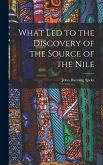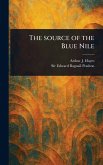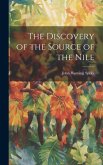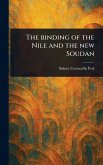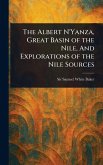"What Led To The Discovery of the Source Of The Nile" recounts the epic journey of 19th-century exploration into the heart of Africa. John Hanning Speke, a key figure in African exploration, details the arduous travels and geographical discoveries that culminated in identifying the source of the Nile River. This historical account offers a firsthand perspective on the challenges and triumphs of traversing uncharted territories. Readers will be transported to the shores of Lake Tanganyika and other significant locations in East Africa. Speke's narrative unveils the geographical mysteries that captivated explorers during this era and provides invaluable insights into the landscape and cultures encountered along the way. A classic travel narrative documenting a pivotal moment in the exploration of Africa, it remains a compelling read for those interested in history and adventure. This work has been selected by scholars as being culturally important, and is part of the knowledge base of civilization as we know it. This work is in the public domain in the United States of America, and possibly other nations. Within the United States, you may freely copy and distribute this work, as no entity (individual or corporate) has a copyright on the body of the work. Scholars believe, and we concur, that this work is important enough to be preserved, reproduced, and made generally available to the public. We appreciate your support of the preservation process, and thank you for being an important part of keeping this knowledge alive and relevant.
Bitte wählen Sie Ihr Anliegen aus.
Rechnungen
Retourenschein anfordern
Bestellstatus
Storno




